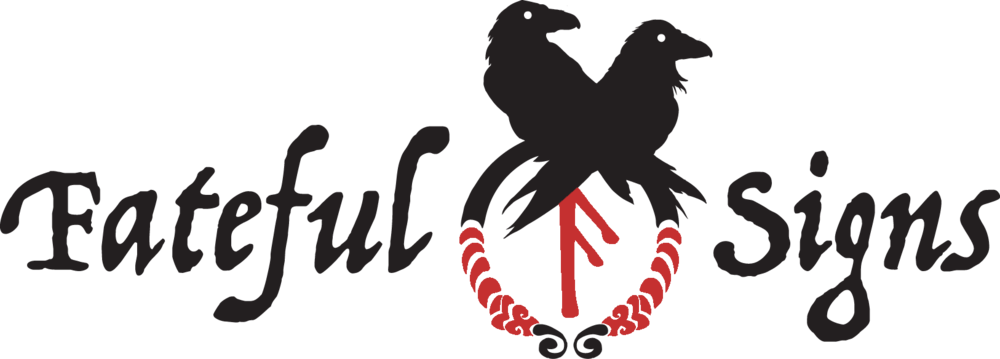Voluspa, or more accurately Völuspá is the first set of Viking Age poetry in the Poetic Edda, a Norse Mythology Book, some might say THE Norse Mythology book! The Völuspá translates to mean the “Prophecy of the Volva” or “Prophecy of the Seer.” A Volva was a wise-woman in old Norse culture. Within the Voluspa poem, Odin journeys to raise the wise-woman from the dead. Some say he journeyed to Hel to raise a dead giantess, while others suggest the Volva may have been the mother of monsters, Angrboda. Regardless, the true identity of the wise-woman is unknown. Once resurrected, she first proves her knowledge by explaining the creation myths of the Norse. Then she reveals to Odin secrets that only he is supposed to know, further proving her mastery of lore. Odin then showers her with gifts and asks her to foretell his future. In so doing, the wise-woman tells the prophecies of Ragnarok - the twilight of the gods and the death of Odin himself.
Arguably the best known poem from the Poetic Edda or the Elder Edda, there have been many English translations of the Voluspa, and there will likely continue to be many more, as the poem’s importance cannot be understated. All of the Norse Sagas find their roots in the Voluspa. Norse Paganism, Heathens, and Asatru consider the Voluspa to be a part of their core beliefs. Even the dwarf names, such as Gandalf and other familar Tolkein dwarf names, find their home in the Voluspa poem.
In order to get a true sense for the poem, it is advisable to consider reading more than one translation, here is a list of English translations of the Voluspa to help get you started. You’ll notice that most of the recommended reading is for the Poetic Edda. That’s because Voluspa is the first poem in Poetic Edda. If you get a copy of the Elder Edda, then you will have a copy of the Voluspa poem and much more! Enjoy!
VOLUSPA TRANSLATIONS
Henry Adams Bellows
Bellows translated with a mind towards poetry and rhythm of verse. When read out loud the Bellows translation of the Voluspa sounds like English poetry. Often chided as “not as accurate,” many find the Bellows version to be the most readable. The Bellows translation was used by Fateful Signs to create an epic art version of the Norse Myths, the Voluspa. If that interests you then check out the beautiful Norse Mythology books below:
Lee Hollander
Hollander focused heavily on preserving the style of the original Old Norse poetry. His translation is very academic and is highly acclaimed. If you have a love of Norse Mythology and don’t mind a tough read, this is the Voluspa for you!
Benjamine Thorpe
Thorpe was an English translator from the 1800s. By modern standards his language is archaic, but still an excellent read for comparison. It is very interesting to see the English translation from Thorpe’s time compared with the other versions of the Poetic Edda.
Jackson Crawford
Crawford’s translation is heralded by many as THE modern translation of the Voluspa. Crawford is a modern Norse scholar and his translation of the Poetic Edda is a must have!
Sam Flegal is the creative mind behind Fateful Signs. He has been a freelance Illustrator since 2009. He likes to work in oil paint and with brush and ink, focusing on exaggerated expressions and detail. Sam lives in Nashville, Tenn., with his lovely wife and daughter. He makes art almost everyday and is a very lucky man.







